Please note: In September 2019, we updated the DXOMARK Mobile test protocol to cover ultra-wide-angle performance and have renamed the protocol DXOMARK Camera. We also expanded our low-light testing and created the new Night sub-score, which incorporates the previous Flash score. We have retested this device using the new Wide and Night test protocols and updated this review. The updated elements and scores are right at the top; you can still find the original review further down the page. For more information, please see the articles about our new Wide and Night test protocols.
The Honor 20 Pro is the current flagship phone from Huawei’s budget-friendly sub-brand and comes with an impressive camera specifications that would not look out of place on premium models from more established brands. The device’s quad-camera setup includes a 48Mp stabilized primary camera with an ultra-fast F1.4 aperture, a 3x telephoto lens option and a 16Mp ultra-wide shooter. There’s also a 2Mp dedicated macro camera to complete the set, although this aspect falls outside of our current testing protocol. Image processing and most other device functions are powered by the Hisilicon Kirin 980 chipset, the same as in Huawei’s flagship P30 Pro. Read the full review to find out how the Honor 20 Pro camera performed in our DXOMARK Camera image quality tests.
Update summary


With our new Night and Wide results included, the Honor 20 Pro increases its Photo score from 117 to 121, and its DXOMARK Camera overall score from 111 to 113, maintaining its position among the best in our ranking.
Compared to many competitors, the Honor 20 Pro performed well in our Night test, but like pretty much all smartphone cameras, it is far from perfect in dim conditions. Low-light cityscapes display nice exposure and color, and although detail and noise aren’t quite as good as the top performers, shots are pleasant overall. When the flash triggers for night portraits, faces are sharp with good detail, but subjects can be overexposed against very dark backgrounds. Overall exposure and dynamic range is improved in portraits using the Honor 20 Pro’s Night mode, but detail is low, with significant ghosting on moving subjects and noticeable color casts occurring under street lighting.
The Honor’s Wide-angle performance is slightly disappointing, with the 20 Pro achieving the lowest Wide score of all devices we have tested so far. At 16mm equivalent, the maximum field of view is not the widest we have seen, and at both the default 16mm setting and between 18 and 21mm, undersaturated color renders both outdoor and indoor shots a little flat. Exposure is generally acceptable and white balance is fairly neutral, but detail is low and there’s a significant loss of sharpness in the outer field.
Still, the Honor 20 Pro remains an easy recommendation, especially for those who are looking for good camera performance at a relatively affordable price point.

Wide
Honor 20 Pro
28
The Honor 20 Pro ranks in the bottom half of our scores for wide-angle shooters, with fairly average results using the default wide setting and no ultra-wide field of view to boost the score. Its default wide setting doesn’t offer as wide an angle of view as its competitors with 12mm or 13mm lenses, thus the Honor 20 Pro’s results can be a little underwhelming.
Despite generally accurate target exposures, dynamic range is limited and a noticeable lack of color saturation lets down the shots. Results are broadly similar with a small amount of pinch zoom extending the focal length to between 18 and 21mm, where the same color saturation problems are evident. White balance is often neutral and noise is generally well-controlled in outdoor images, which is a bonus, but there’s a visible loss of sharpness in the outer field, and detail is low.
The analysis of the exposure of indoor wide-angle shots is broadly similar, with reasonable brightness evident; and although darker areas are a touch underexposed, the bright areas in high dynamic scenes are fairly well-preserved. Color desaturation remains a problem, however, with some white balance casts under artificial lighting start to become evident. Ringing artifacts are commonly visible; and this, along with low detail and a noticeable buildup of luminance noise in dark areas, all reduced the Honor 20 Pro’s wide-angle score.

Night
Honor 20 Pro
53
In low-light cityscapes in auto flash mode, exposures are generally accurate and dynamic range is acceptable, with only slight clipping evident in the very brightest lights. With the flash turned off, night exposures are a little darker, and overall detail is low, with fairly strong luminance noise often visible in flat areas of color like the sky. White balance tips towards the cold side, but remains acceptable, and overall color saturation is pleasant.
The flash usually triggers in auto flash mode for night portraits, rendering the subject in sharp focus with high levels of fine detail preserved. Exposure could be improved, since the subject is often slightly overexposed, and the limited dynamic range renders the background very dark. White balance is again on the cool side for night portraits using flash, with skin tones a little undersaturated as well.

The Honor 20 Pro’s dedicated night mode does improve the overall exposure of night portraits, however, with wider dynamic range ensuring more detail in the background for a more atmospheric shot. Subjects are slightly underexposed as the camera employs less flash, and detail on faces is often low, with strong ghosting on moving elements also evident, but it generally produces a nicer overall result.
Honor 20 Pro camera review (originally published May 21, 2019)
The Honor 20 Pro is the latest smartphone from Huawei’s budget-friendly sub-brand and comes with camera specifications that would not look out of place on premium models from more established brands. The device’s quad-camera setup includes a 48Mp stabilized primary camera with an ultra-fast F1.4 aperture and a 3x telephoto lens. (There is also a 16Mp ultra-wide-angle option and a 2Mp dedicated macro camera, both of which fall outside our current testing protocol.) Image processing and most other device functions are powered by the Hisilicon Kirin 980 chipset, the same as in Huawei’s flagship P30 Pro. Read the full review to find out how the Honor 20 Pro camera performed in our DxOMark Mobile image quality tests.
Key camera specifications:
- Quad-lens setup
- Primary: Sony IMX586 1/2″ 48MP Quad-Bayer sensor (12MP output size), f/1.4 aperture lens with 28mm-equivalent focal length, OIS
- Telephoto: 8MP 1/4.4″ sensor, f/2.48 aperture with 80mm equivalent focal length
- Ultra-wide: 16MP 1/3.06″ sensor with f/2.2 lens
- Macro: 2MP
- PDAF autofocus
- 2160p (4K) at 30fps video
- Kirin 980 chipset
About DxOMark Mobile tests: For scoring and analysis in our smartphone camera reviews, DxOMark engineers capture and evaluate over 1500 test images and more than 2 hours of video both in controlled lab environments and in natural indoor and outdoor scenes, using the camera’s default settings. This article is designed to highlight the most important results of our testing. For more information about the DxOMark Mobile test protocol, click here. More details on how we score smartphone cameras are available here.
Test summary
Securing an excellent overall DxOMark mobile score of 111 points, the Honor 20 Pro muscles its way into joint second place in our database of smartphone image quality alongside the recently released OnePlus 7 Pro. At just one point behind the devices currently at the top of the table, the Honor 20 Pro put in a sterling performance across most of our tested categories.
Its Photo score of 117 points is just one point behind the OnePlus 7 Pro, but the Honor 20 Pro’s key strengths of exposure, noise, and zoom see it achieve slightly higher scores in those categories. It’s let down a little by its performance for detail, which is lower than we often see with top-end devices, and there are a couple of distracting artifacts, but overall it remains an excellent performer.
Some target exposures are a little low in indoor images, particularly when compared to its competitors, but in isolation they’re very acceptable, and the Honor 20 Pro boasts a very wide dynamic range with some of the best highlight and shadow detail preservation we’ve seen. Its color algorithms are well-tuned when tested in the lab; and although occasionally a blue white balance can affect rendering on outdoor images, the Honor 20 Pro is capable of vibrant and pleasant color. Noise is also another key strength, with smooth files in low light and barely any luminance noise in areas of uniform color like the sky in outdoor images. The trade-off is a loss of fine detail in very intricate areas, however, which can start to look a bit smudgy under close inspection.
Zoom is another key strength for the Honor 20 Pro, with its 3x telephoto lens providing good detail at medium range. The Honor implements a very similar technology to the “field-of-view fusion” we have first seen on the Huawei P30 Pro. The Honor’s bokeh simulation effect is also one of the best we’ve seen, with good subject isolation and a realistic gradient effect that can apply different intensities of blur to objects at varying distances both in front of and behind the subject.
The Honor 20 Pro scores a very respectable 97 points for video, matching such devices as the P30 Pro and the Samsung Galaxy S10+, and only slightly trailing the very best in class. Our testers particularly liked the 20 Pro’s video color rendering, which produces bright and vivid colors in both bright light and typical indoor conditions. Stabilization is also a strength and is very efficient at counteracting walking motion and camera shake alike. Video detail is decent but could be better, considering that the camera records at 4K resolution footage by default. Overall, though, the Honor 20 Pro is a great smartphone for video capture.
Photo scores explained

Exposure and Contrast
Honor 20 Pro
95
Achieving the joint top score for exposure in our database, the Honor 20 Pro scores well in all lighting conditions, recording generally accurate target exposures in our lab measurements. In natural test scenes, target exposure is usually accurate in outdoor images and dynamic range is wide, ensuring good preservation of both highlights and shadows in high-contrast scenes. In the very challenging test scene below, the Honor 20 Pro matches some of the best-performing devices we’ve tested for dynamic range to date.
Dynamic range remains good in indoor images; and in our backlit portrait shot, target exposure on the face is accurate and bright details outside remain extremely well-exposed. We observed some slightly low target exposures in some indoor images, however. While the Honor 20 Pro’s indoor exposures look acceptable when viewed in isolation, they appear a little underexposed when compared with some of the competition’s.
The wide-aperture f/1.4 lens on the main camera also ensures very good exposures in low light, with lab shots at 5 lux slightly brighter than some of the competition’s.

Color
Honor 20 Pro
86
Quite a strong score for color, thanks to good measurements in our lab analysis, but some white balance and rendering issues in natural test scene images affected the overall score. White balance can be accurate, such as in the first example below, but a cold or bluish color cast was also evident in several images shot outdoors, and there was a slight pinkish cast also visible in indoor shots. Color shading is also slightly visible in some outdoor images, with a noticeable shift in hues between the center and the edges of the frame.
We also observed some color rendering issues, with slightly desaturated and inaccurate colors. In the sample below, you can see a slightly blue cast, and the reds have a slightly pink touch to them.

Autofocus
Honor 20 Pro
99
As we’ve come to expect with top-end devices, the Honor 20 Pro’s autofocus system is excellent and stands up against some of the best performers. It was fast, accurate, and repeatable in all lighting conditions, and we didn’t observe any focus failures in either our benchmark lab testing or out on location.

Noise
Honor 20 Pro
78
The Honor 20 Pro’s texture-versus-noise trade-off tips the balance more towards aggressive denoising at the expense of fine detail preservation. As a result, its texture score drops a little behind some of the best devices we’ve tested, with a noticeable loss of fine detail evident in intricate areas of images shot in bright outdoor conditions.
The advantage of this strategy is extremely well-controlled noise in all lighting conditions. In bright light, areas of uniform color such as the sky are free from luminance noise, and although some noise is visible in darker areas of indoor and low-light images, some Honor 20 Pro results are comparable to those of the best performers.
In low light, the Honor 20 Pro still controls noise well, but the lack of fine detail is quite noticeable.
The Honor 20 Pro implements a very good flash system and secures a joint top score in this category alongside the Huawei P30 Pro and the OnePlus 7 Pro. The results were very pleasant for both flash-only and flash mixed with additional lighting, thanks to good exposures with minimal corner or color shading, as well as to very acceptable levels of detail for flash photos. There are some slight differences in color, with the flash-only shot displaying fairly neutral white balance but also desaturated skin tones. By comparison, the mixed-light shot shows a slightly pink color cast but improved saturation and skin tones.

Artifacts
Honor 20 Pro
76
The Honor 20 Pro controls artifacts generally well, but there are a couple of issues that are quite obvious in some images. The most problematic is a loss of sharpness towards the edges of the frame, which can seriously affect the level of detail preservation in the corners. A strong flare effect is also visible when shooting directly into the sun or a light source, causing distracting light streaks across the image and a rainbow color haze effect around the light source. We also saw some minor maze and moiré, color fringing, and distortion, but these problems were either less frequent or less detracting to the overall image quality and thus resulted only in a minor loss of points in our perceptual analysis.
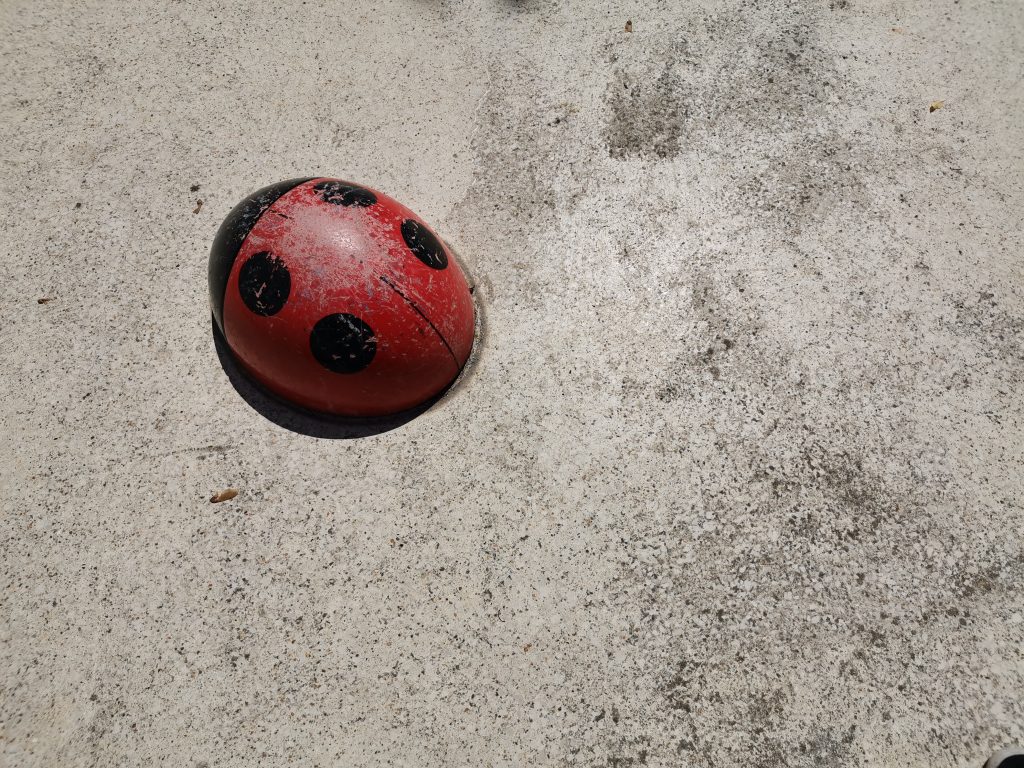

Zoom
Honor 20 Pro
79
The Honor 20 Pro is a top performer for zoom, with its score of 79 placing the device in second position behind the outstanding periscope-style 5x telephoto lens of the Huawei P30 Pro. The device scored well for close-range zoom shots in all lighting conditions, including in low light, where it maintained detail well and kept noise low. Medium-range zoom shots hold up well both indoors and outdoors, so it’s really only in low light at medium range, as well as with long-range zoom in all lighting conditions, that a serious loss of fine detail starts to become evident.
Shooting handheld in low-light conditions (20 lux) with the DxOMark chart positioned at 250cm from the camera, and zooming in to fill the frame, the loss of fine detail is clear. This said, although the Huawei P30 Pro is slightly sharper, the Honor 20 Pro handles the noise and color a little better. The Xiaomi Mi 9 is visibly noisier.

Bokeh
Honor 20 Pro
70
Bokeh simulation in Aperture mode on the Honor 20 Pro is one of the best we’ve tested, with generally good subject isolation, a nice shape to blurred spotlights, as well as a realistic gradient effect. Depth estimation isn’t perfect, with some blur artifacts visible around the edges of the portrait, and the occasional failure in which the subject is totally blurred, but these occur mainly in low light.
Video scores explained
With an overall score 97 points, the Honor 20 Pro comes very close to the top performers for video, just behind the Samsung Galaxy S10+ 5G with 100 points and the Xiaomi Mi 9 with 99. The overall video score is derived from performance and results across a range of attributes in the same way as the Photo score: Exposure (82), Color (91), Autofocus (92), Texture (70), Noise (71), Artifacts (82), and Stabilization (92).
Honor 20 Pro video footage shows good target exposure in bright light and in typical indoor lighting conditions. In lower light (under 100 lux), target exposure is a little darker than most competitors, but still within acceptable limits. In line with the competition, target exposure drops noticeably at light levels below 10 lux.
We saw some slight stepping during exposure convergence in changing light levels, as well as somewhat limited dynamic range, resulting in highlight clipping in some high-contrast scenes.
Colors are bright and vivid in indoor and outdoor conditions, and are only slightly more subdued when filming in low light. We occasionally noticed a bluish white balance cast when recording outdoors, but otherwise color rendering is accurate.
There’s little to complain about the autofocus system’s performance in video mode, which is consistently fast and accurate. It triggers quickly, and adjusts to changing subject distances smoothly and swiftly in bright light. It slows down a little in low light, but is no worse than the competition in this respect. We observed no focus breathing nor other instabilities.
Thanks to 4K recording by default, the Honor 20 Pro’s level of detail is very good across all light levels and really drops off significantly only in low-light conditions below 10 lux. Noise is well-controlled in bright light, but becomes more intrusive when filming indoors and in low light. Overall, the 20 Pro does very well for texture, but given its 4K default resolution, there is still room for improvement.
Artifacts are generally very well under control in 20 Pro video footage, but we applied some penalty points for frame rate shifts (which occur predominantly in lower light), for ringing, and for a judder effect that can be noticeable during panning movements. On the plus side, the Honor’s stabilization system does a very good job at keeping things steady. It efficiently stabilizes low-frequency motion generated when walking while recording, as well as high-frequency vibration caused by hand-shake when holding the device still.
Conclusion
The Honor 20 Pro makes it very close to the top of our DxOMark Mobile ranking, thanks to good Photo and Video performances across the board and no significant areas of weakness. Its zoom performance is topped only by the current number one device, the Huawei P30 Pro; and the 20 Pro’s ultra-wide-angle and macro camera, while not currently covered by our test protocol, should provide added value to many mobile photographers. If you’re in the market for a new smartphone with excellent imaging capabilities, the Honor 20 Pro should be very high up on your list of options, especially if you want to save a little bit of cash compared to the more established competition.
Photo pros
- Noise well under control
- Fast, accurate, and repeatable autofocus
- Good dynamic range in most conditions
- Good detail in close- and medium-range zoom shots
- Decent detail and little light fall-off in flash shots
- Good subject isolation and nice shape to bokeh
Video pros
- Efficient stabilization
- Good detail in bright light and indoor scenes
- Fast and accurate autofocus
- Bright and vivid colors
Photo cons
- Soft image edges
- Lack of fine detail, especially in bright light
- White balance casts can be noticeable in some conditions
- Occasional unnatural color rendering
Video cons
- Occasional blue cast in outdoor videos
- Visible noise in indoor and low-light conditions
- Loss of detail in low light
- Limited dynamic range


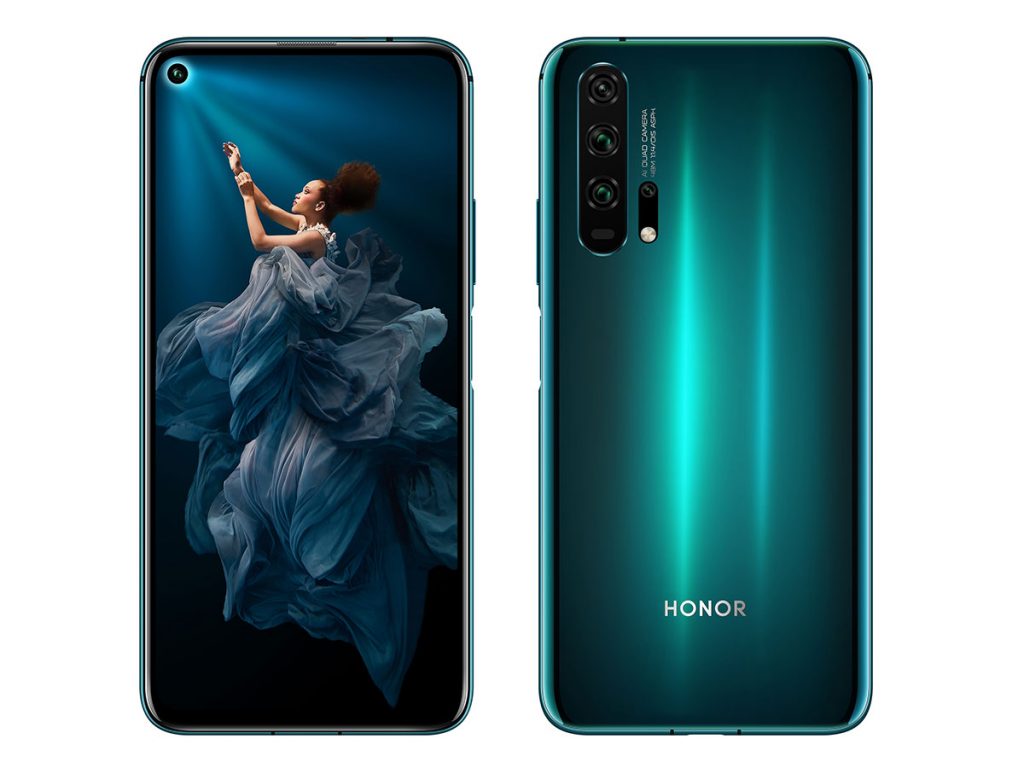



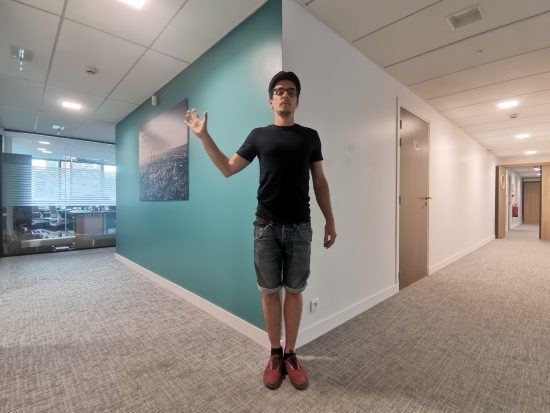

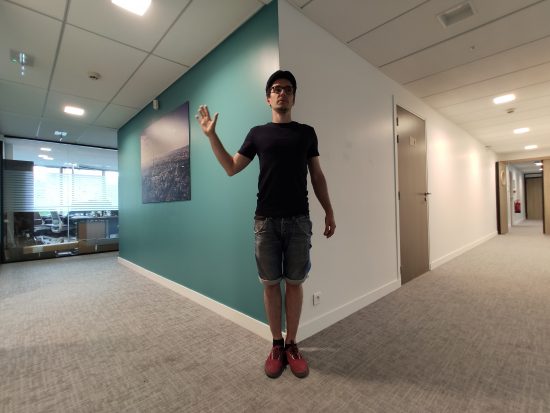

















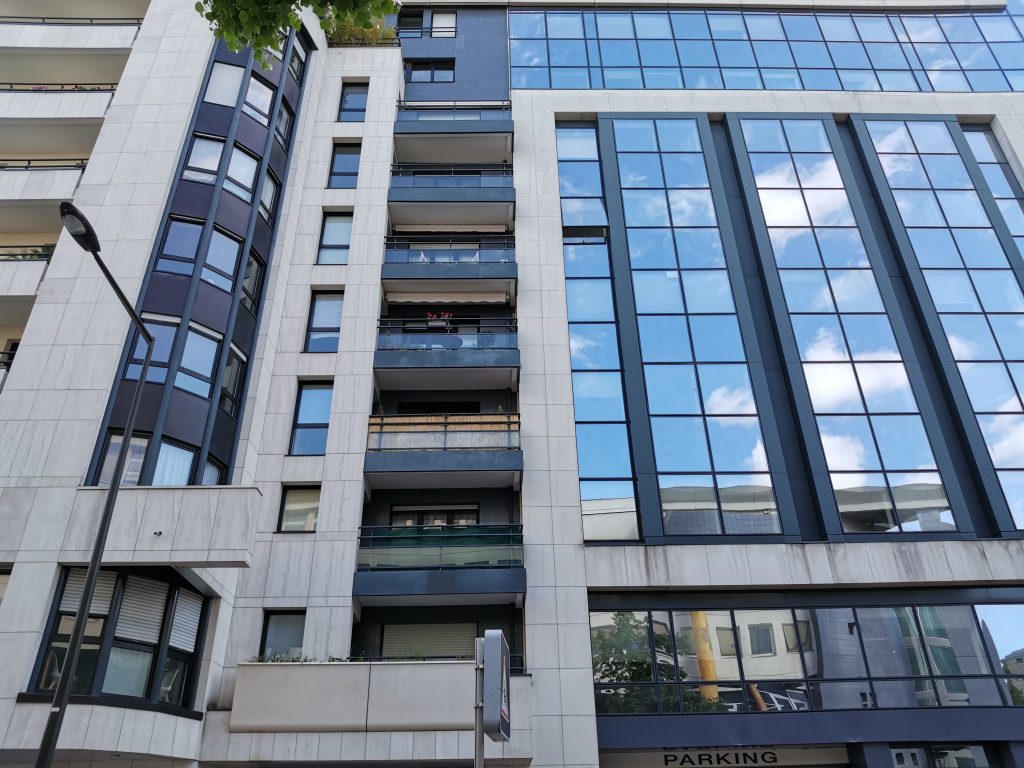
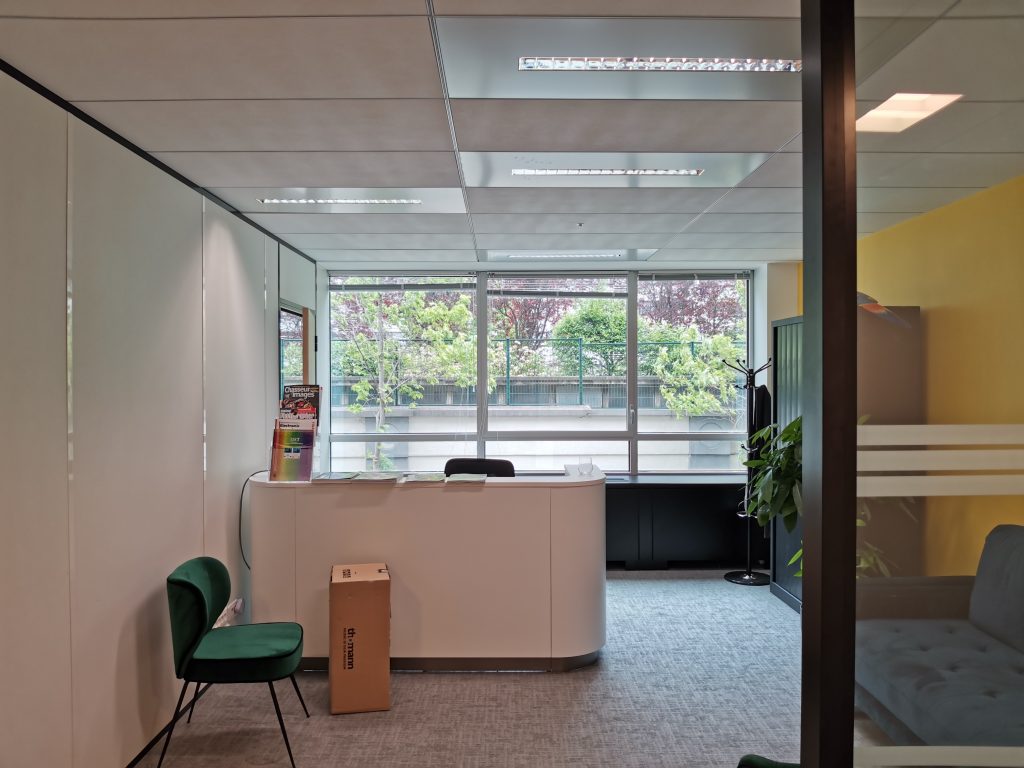
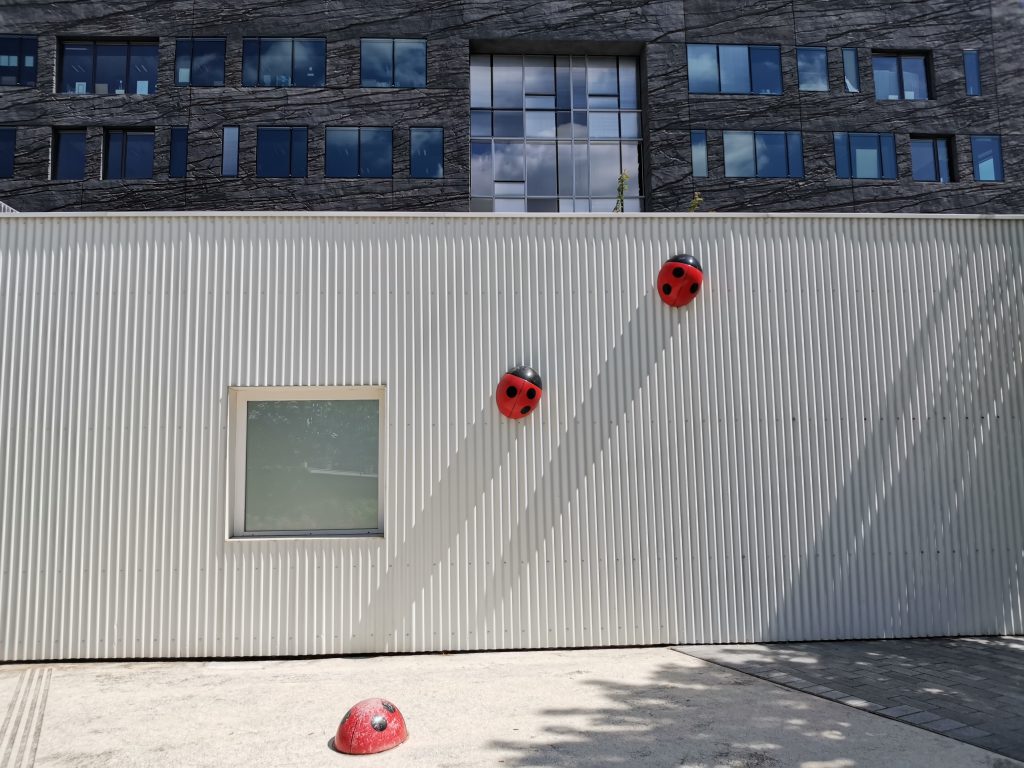
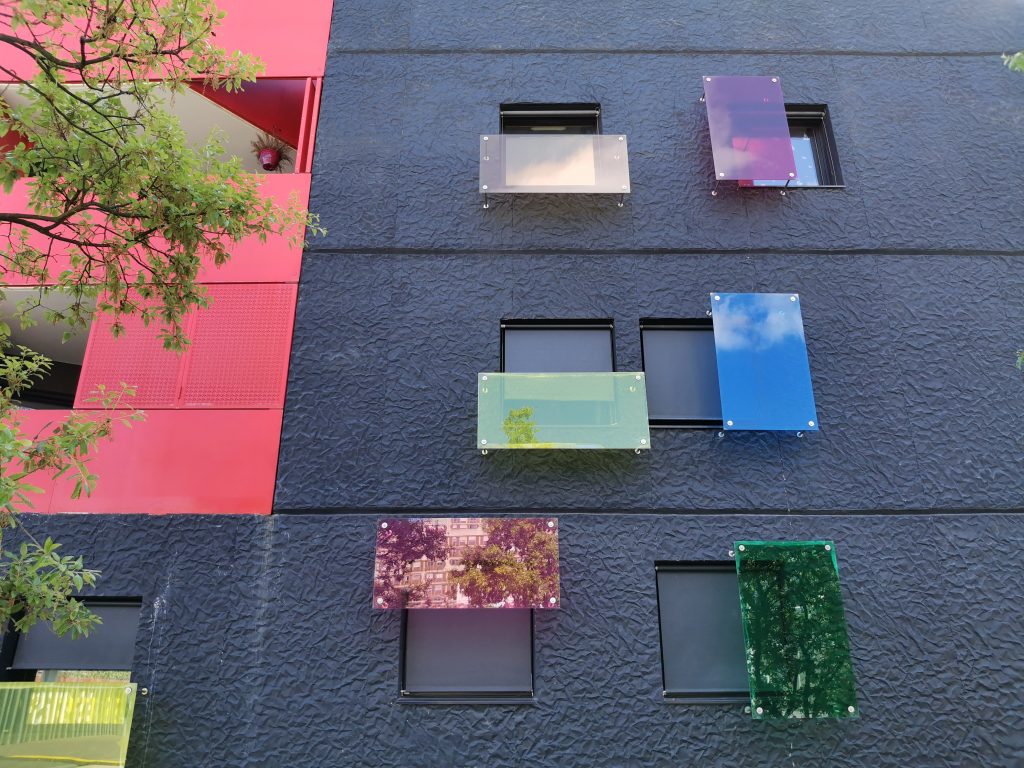
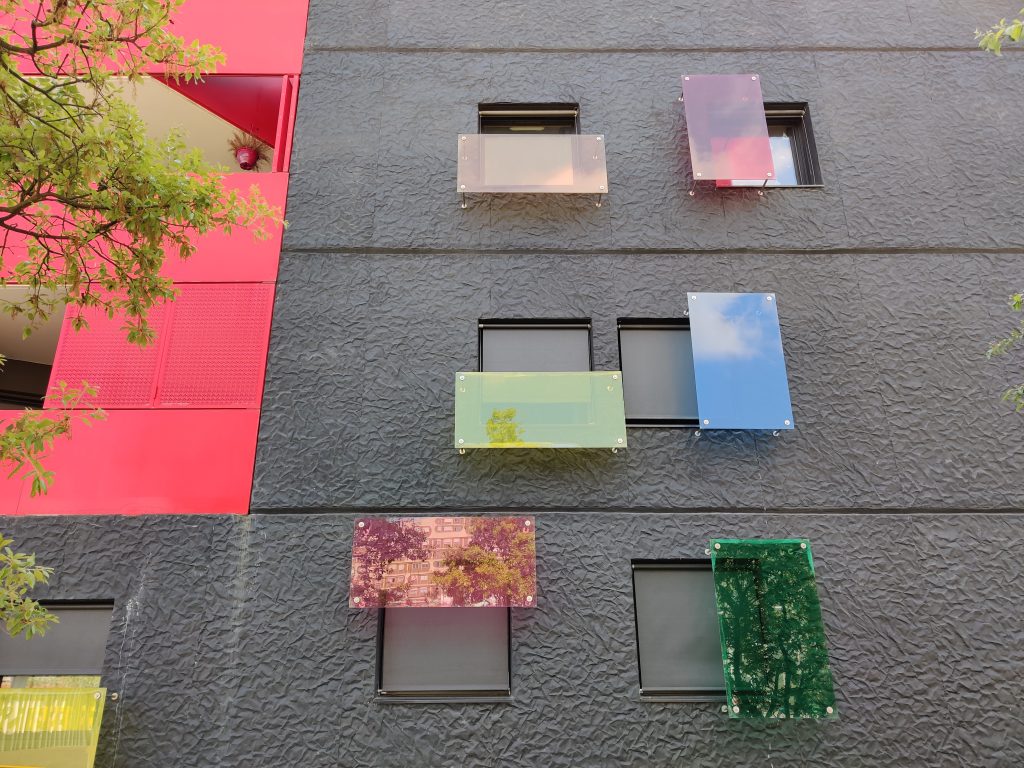
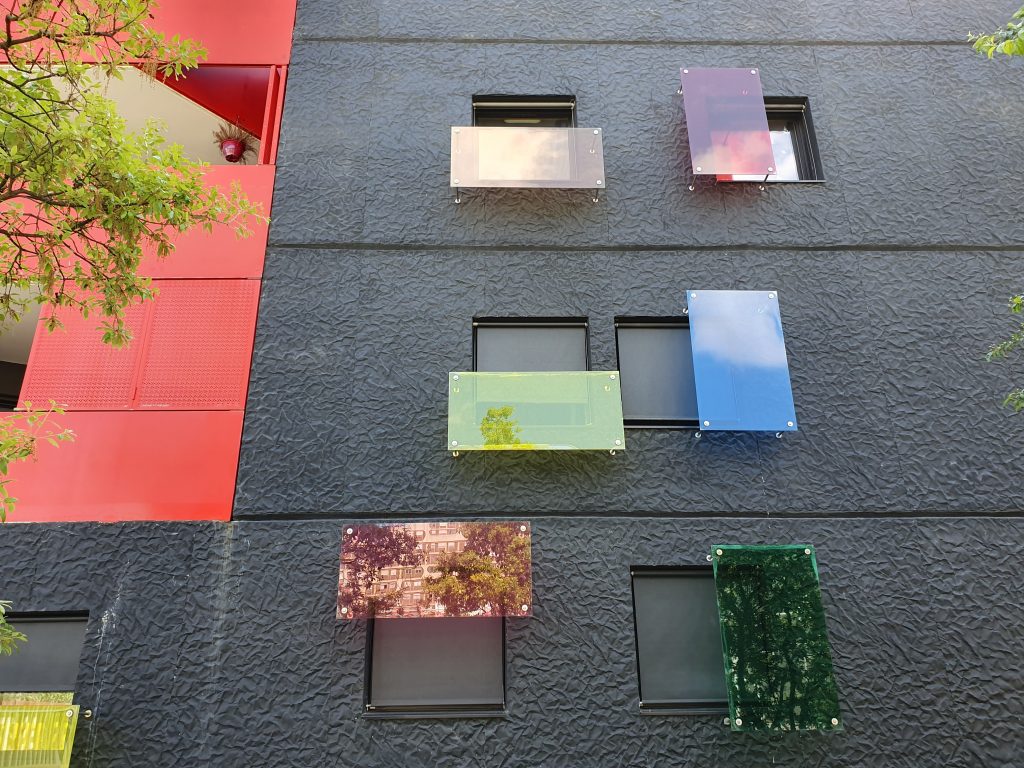
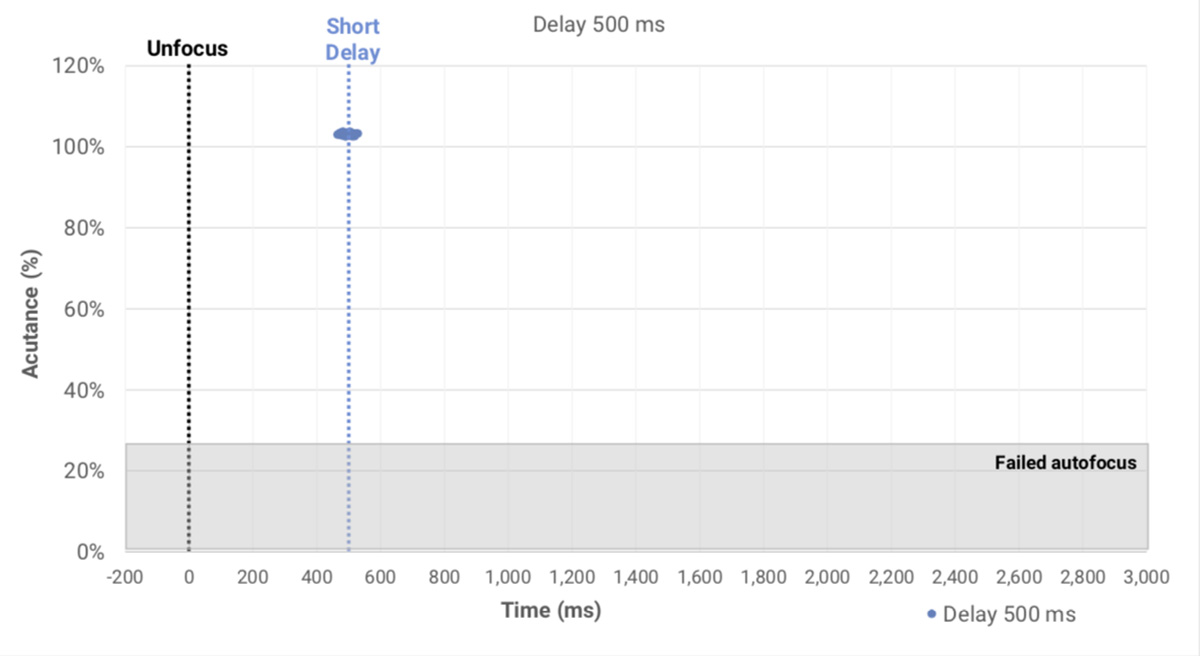













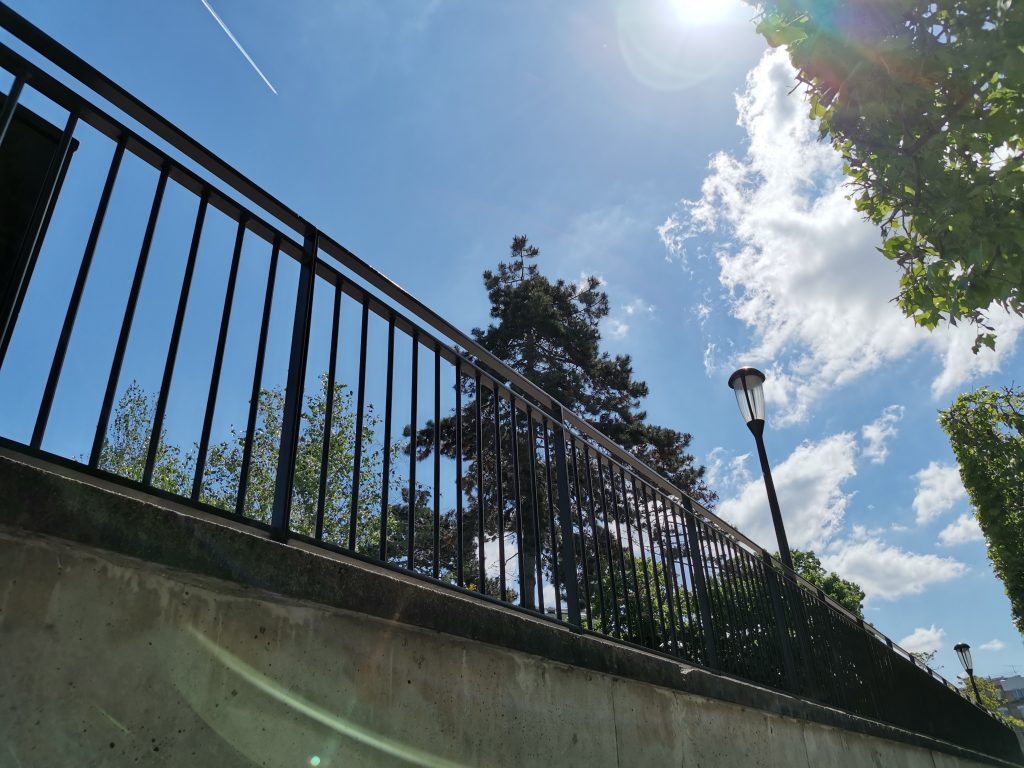













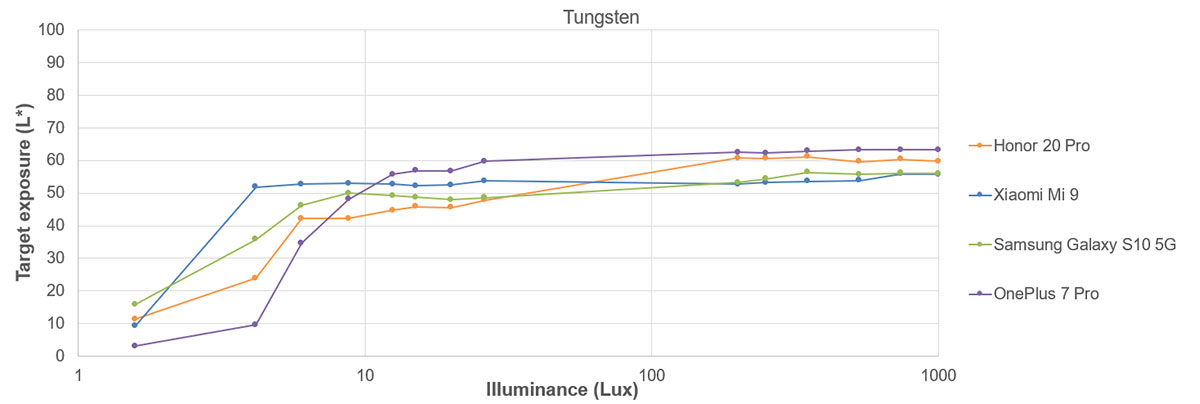
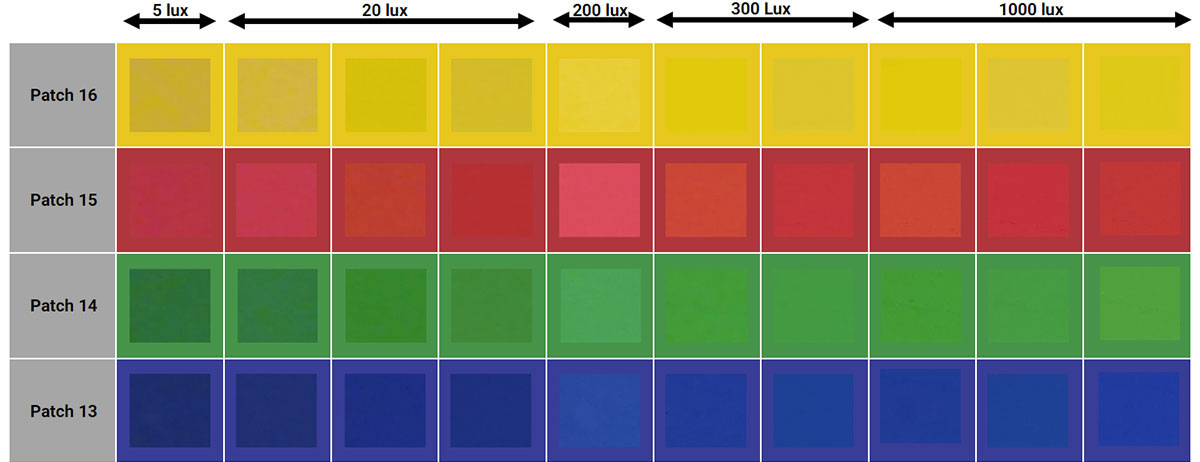
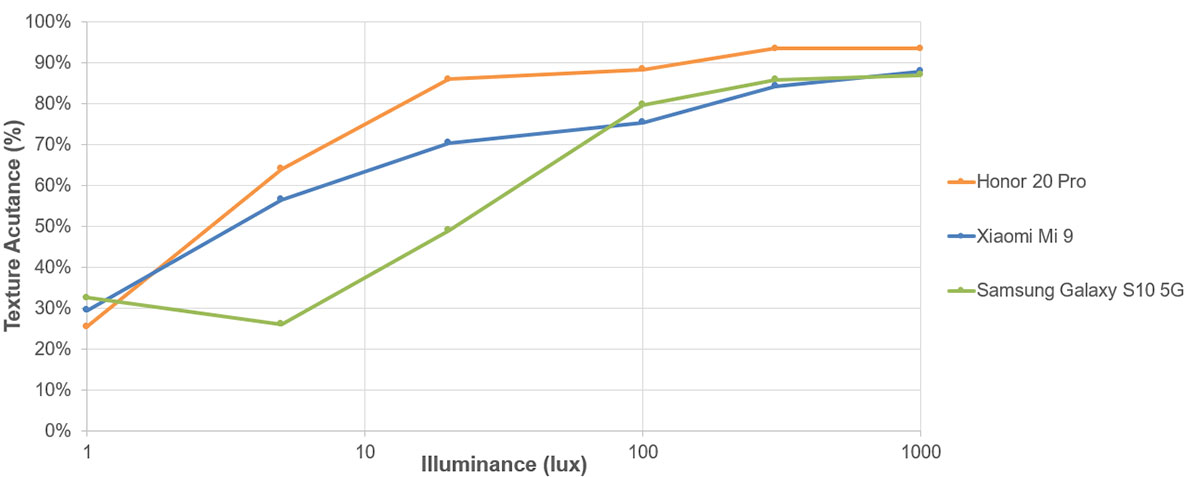
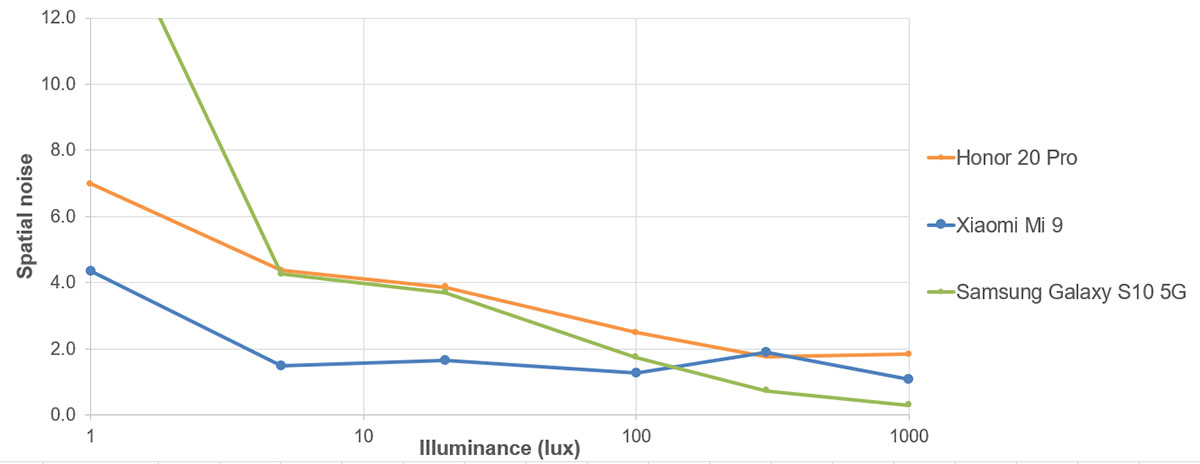




DXOMARK encourages its readers to share comments on the articles. To read or post comments, Disqus cookies are required. Change your Cookies Preferences and read more about our Comment Policy.